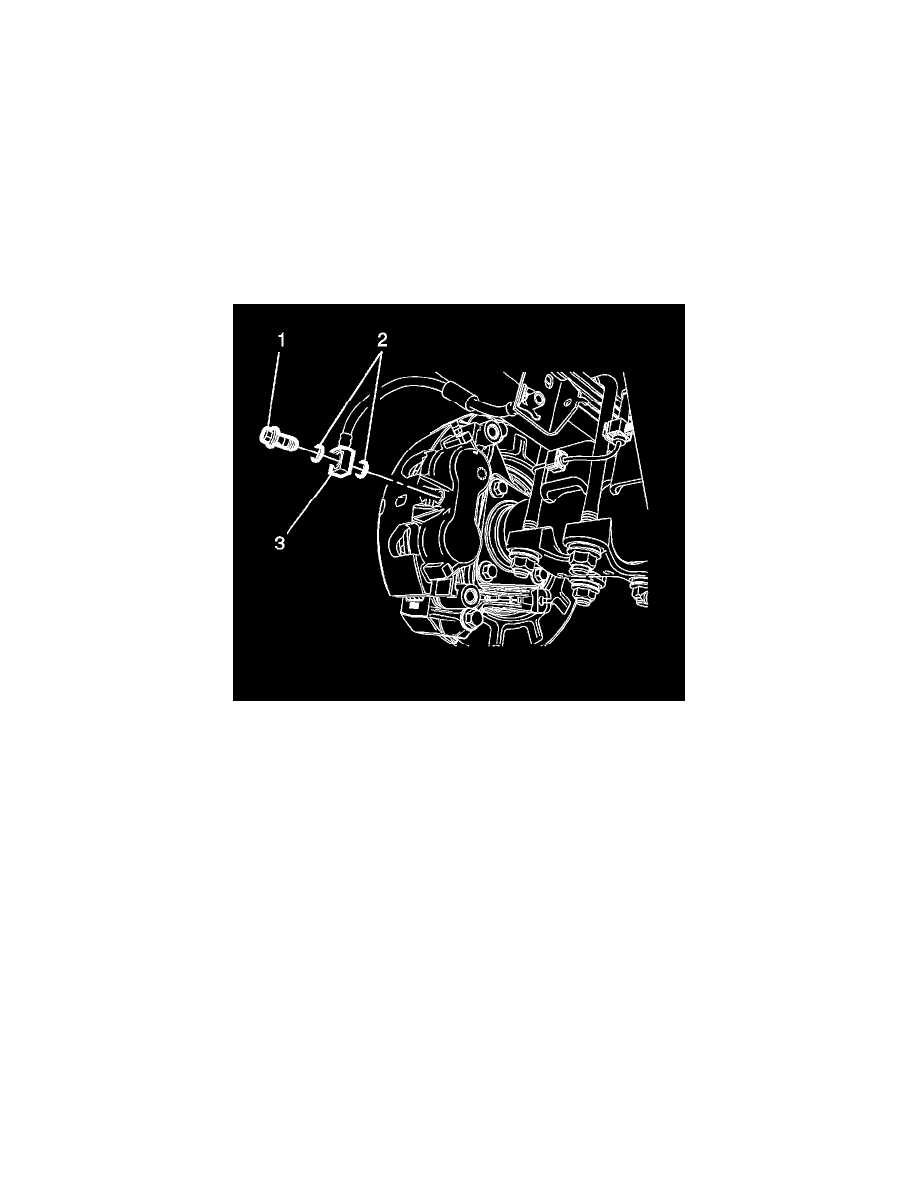Sierra 2500 Denali 2WD V8-6.0L (2011)

Warning: Refer to Brake Dust Warning (See: Service Precautions/Technician Safety Information/Brake Dust Warning).
1. Inspect the fluid level in the brake master cylinder reservoir.
2. If the brake fluid level is midway between the maximum-full point and the minimum allowable level, no brake fluid needs to be removed before
proceeding.
3. If the brake fluid level is higher than midway between the maximum-full point and the minimum allowable level, remove brake fluid to the
midway point before proceeding.
4. Raise and support the vehicle. Refer to Lifting and Jacking the Vehicle (See: Maintenance/Vehicle Lifting/Service and Repair).
5. Remove the tire and wheel assembly. Refer to Tire and Wheel Removal and Installation (See: Maintenance/Wheels and Tires/Service and Repair
).
6. Compress the brake caliper pistons into the caliper housing bore.
*
Install 2 large C-clamps over the top of the caliper housing and against the back of the outboard brake pad.
*
Slowly and evenly tighten the C-clamps until the caliper pistons are completely retracted into the brake caliper housing bores.
*
Remove the C-clamps.
7. Remove the brake hose fitting bolt (1).
Note: Do not reuse the brake hose fitting gaskets.
8. Remove and discard the brake hose fitting gaskets (2) from the brake hose (3).
9. Cap the brake hose fitting to prevent brake fluid loss and contamination.
